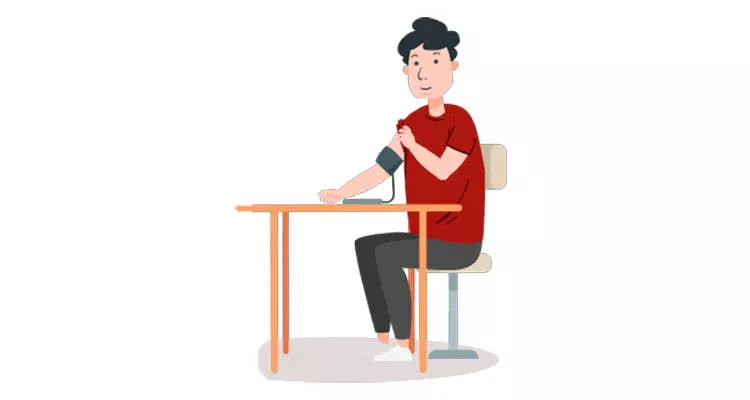MIMS Education


Home BP Monitoring: A Short Primer
Overview
About this course
Hypertension or elevated blood pressure (BP) is usually diagnosed when a patient has, on 2 separate occasions, a systolic BP of ≥140 and/or diastolic BP of ≥90. Diagnosing hypertension is usually based on office (clinic or hospital) BP measurements. However, BP may vary considerably when taken in an office setting compared to BP measured at an out-of-office setting. Out-of-office BP monitoring has also been shown to have a stronger association with hypertension-related target-organ damage and clinical cardiovascular outcomes compared with office-based BP measurements. This module discusses home BP monitoring (HBPM), when to use it and how to do it, the validated tools for HBPM, and the recommendations for its use in Asia.
Learning outcomes
Upon completion of the educational activity, health care providers should be able to- Discuss the definition and burden of hypertension globally and in the region
- Understand the two methods of out-of-office BP measurement
- Understand the indications, technique, and importance of HBPM
Topics covered
- Overview of hypertension in Asia
- Out-of-office BP measurement – advantages and types
- HBPM –indications, technique, frequency, validated devices, patient counseling, challenges

